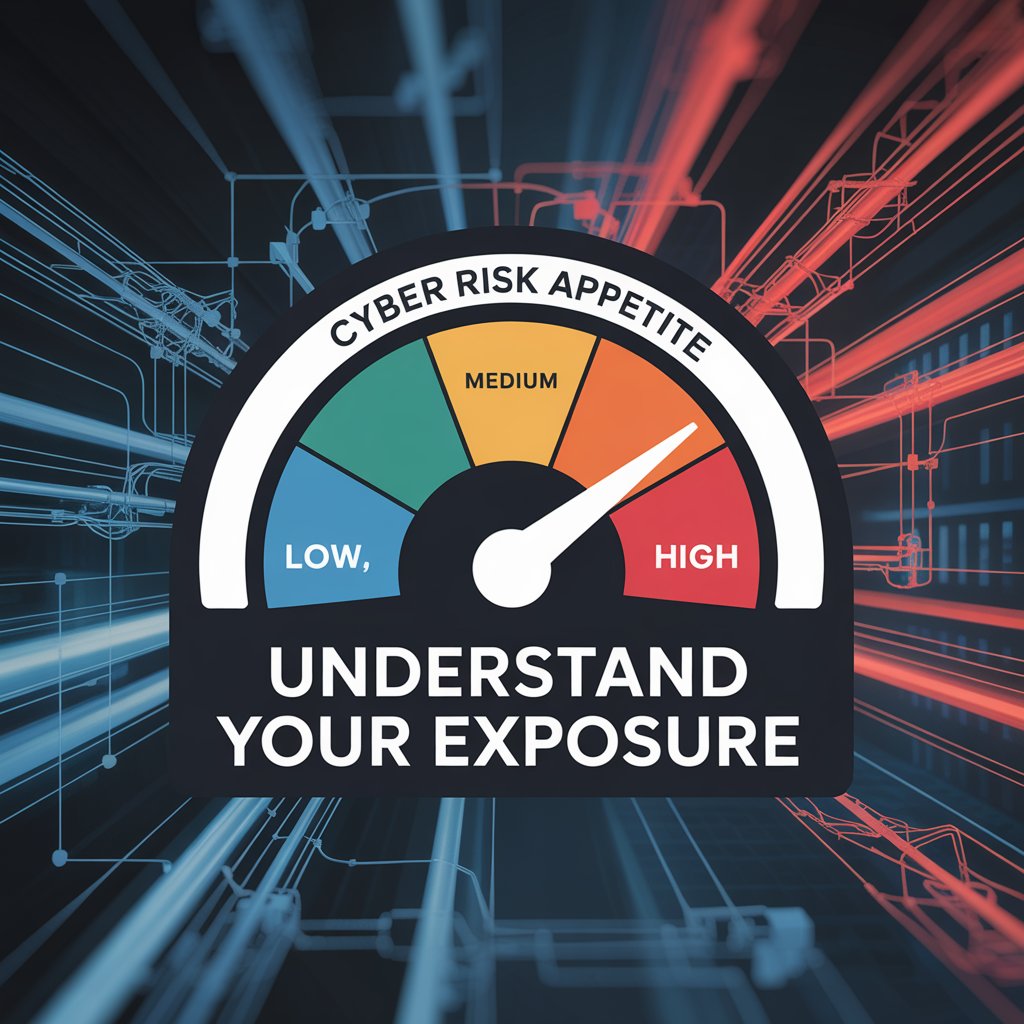As OT systems become more integrated with modern digital tools, their exposure to cyber risks has grown significantly. OT networks were never designed to handle today’s level of connectivity, making them attractive targets for increasingly sophisticated cyber-attacks. According to Fortinet’s 2024 State of OT and Cybersecurity Report, the threat landscape has intensified, and organisations are struggling to keep up with the rising complexity.
After reading this report, it’s clear that cybersecurity in OT environments is no longer just a technical challenge—it requires attention from the highest levels of leadership. Here are five key insights every CEO, CFO, and business owner should take note of:
1. Intrusions Are on the Rise
This year, 31% of organisations reported six or more cyber intrusions, compared to just 11% last year. This increase is alarming. These intrusions have resulted in operational disruptions, productivity loss, and, in some cases, significant reputational damage. For any business, this should be a wake-up call to re-evaluate the security posture of their OT environments.
2. Leadership Must Step Up
More than ever, the responsibility for OT security is shifting to the executive level. Companies are increasingly placing OT cybersecurity under the CISO, but that’s not enough. Executive leadership, including CEOs and CFOs, need to actively engage in cybersecurity discussions. This isn’t just an IT issue – it’s a business risk that can impact everything from compliance to the company’s bottom line.
Specific actions for executives:
– Prioritise OT security in board meetings
– Allocate adequate resources for OT security initiatives
– Foster a security-conscious culture throughout the organisation
3. Security Maturity is Improving but Needs More Attention
Organisations are making progress in improving OT security, but there’s still a long way to go. One of the most telling insights from the report is that only 5% of organisations have full visibility into their OT systems. Without a clear understanding of what’s happening across your OT network, it’s impossible to defend against the growing threat landscape effectively.
4. Brand and Reputation at Risk
The report highlights a significant rise in the negative impacts caused by intrusions, with more than half of the organisations experiencing degradation of brand awareness. Public disclosure of breaches is often required by regulations, and negative headlines can lead to reduced customer retention and revenue losses.
Real-world example: In 2022, a major water treatment facility in the UK suffered a ransomware attack, leading to temporary service disruptions and a significant drop in public trust. The incident resulted in a 15% decrease in customer satisfaction scores and prompted a government inquiry into critical infrastructure cybersecurity practices.
5. Investment in Cybersecurity Measures is Essential
It’s encouraging to see more businesses investing in critical cybersecurity tools. According to the report, there has been significant growth in the use of internal network segmentation, security event monitoring, and role-based access controls. These measures are essential for reducing the risk of breaches and ensuring that only authorised personnel have access to sensitive OT systems.
As OT cybersecurity becomes more critical, it’s time for business leaders to take action. CEOs and CFOs, your involvement is crucial to safeguarding your company’s operations, data, and reputation. Building a resilient organisation requires not only technical defences but also executive-level commitment to driving cybersecurity strategy.
Call to Action
The time for executive action is now. I urge all business leaders to:
1. Prioritise OT cybersecurity in your strategic planning
2. Engage regularly with your technical teams to understand current threats and mitigation strategies
3. Drive a comprehensive security strategy from the top down
4. Invest in ongoing cybersecurity training for all staff, not just IT personnel
5. Regularly review and update your incident response and business continuity plans
By taking these steps, you’ll be better positioned to protect your organisation against the evolving landscape of OT cybersecurity threats.



